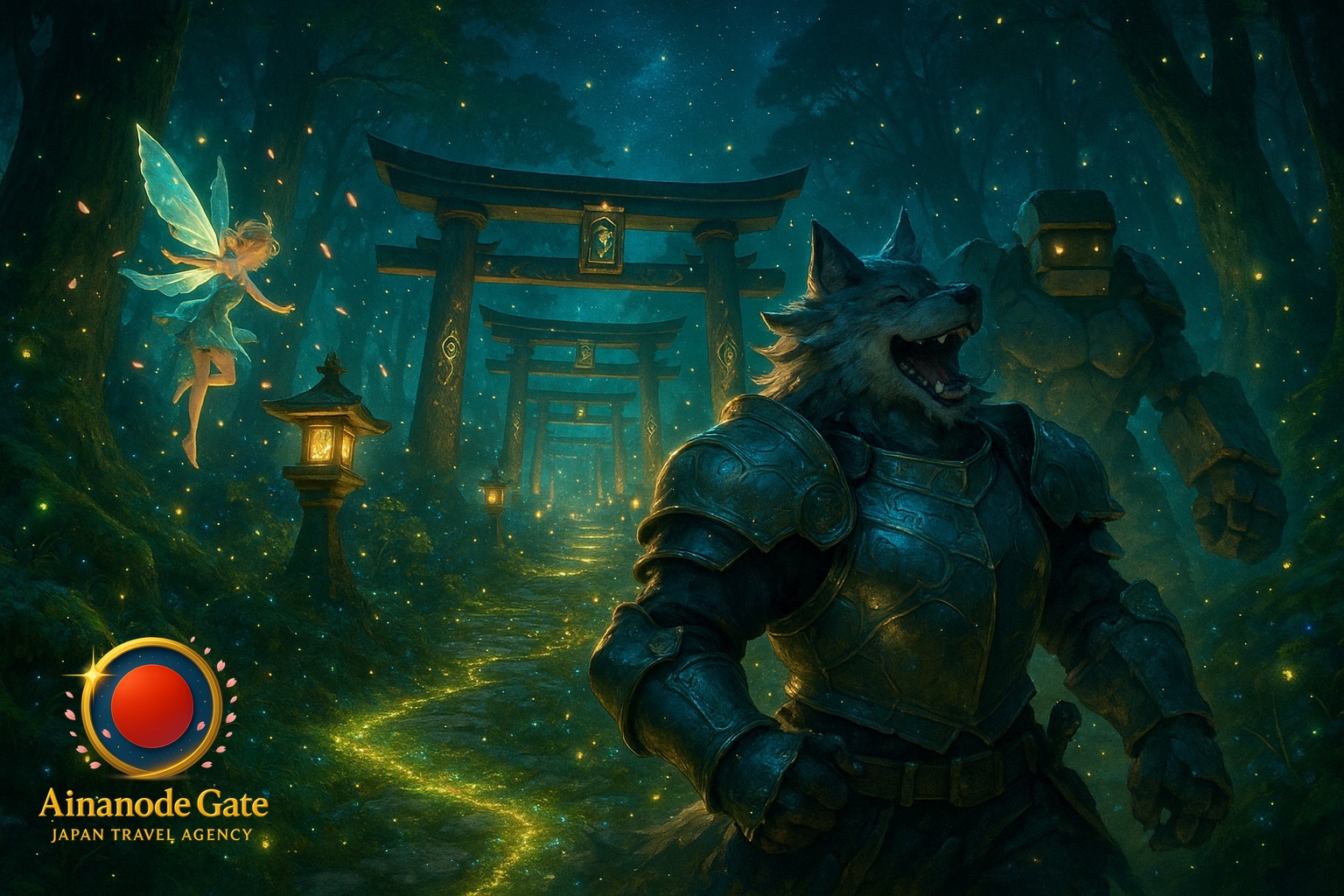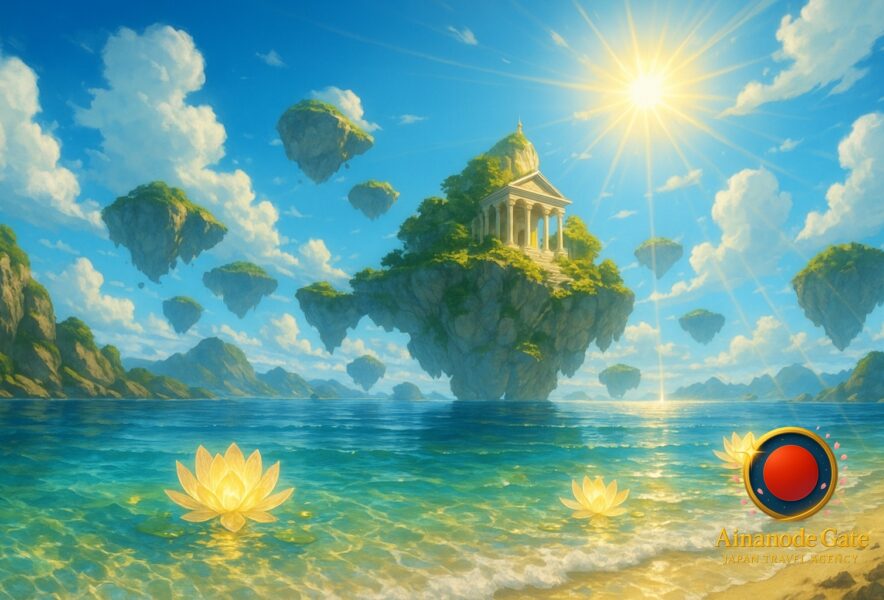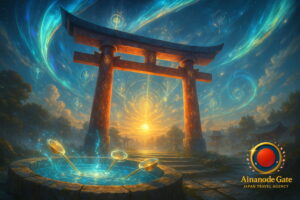Tohoku’s Reawakening: Hot Springs and Hidden Villages
Nestled in Japan’s northeast, the Tohoku region has long been overshadowed by the cultural magnetism of Kyoto and the winter allure of Hokkaido. But in 2025, its charm is beginning to shine brighter. Known for its dramatic mountain landscapes, hot spring towns, and authentic festivals, Tohoku is now being rediscovered by both domestic and international travelers seeking something more raw, less curated, and deeply rooted in tradition.
heavy snowfall
One of its most compelling draws is the network of secluded hot spring villages. For centuries, local communities have maintained onsen nestled along rivers or carved into mountainsides. Places like Nyuto Onsen in Akita Prefecture, with its wooden ryokan shrouded in mist, feel like a scene pulled straight from another era. Unlike the more commercialized spa resorts elsewhere, these onsen emphasize silence, seclusion, and the healing power of nature.


Tohoku is also home to vibrant festivals that offer an unfiltered glimpse into Japanese tradition. The Nebuta Matsuri in Aomori, for instance, features colossal lantern floats parading through the streets, their fierce faces glowing against the night. These events are more than entertainment—they’re communal rituals where local pride takes center stage.
📌 Dress in layers: temperatures often drop below 0°C
📌 Expect short daylight hours in December and January
📌 Local trains may run less frequently during heavy snowfall
Setouchi’s Island Trails and Sea Breezes
Stretching across western Japan, the Seto Inland Sea is dotted with hundreds of islands, many of them small fishing communities now embracing eco-tourism and art-driven revitalization. Unlike the bustling streets of Osaka or the crowded temples of Kyoto, Setouchi offers quiet encounters with land, sea, and culture.
The Shimanami Kaido, a 70-kilometer cycling route that connects Honshu and Shikoku across six bridges, has become a global sensation among active travelers. Each bridge unveils sweeping sea panoramas, while roadside cafés offer citrus sweets and seafood dishes prepared by locals. What makes Setouchi unique is its balance between activity and serenity: travelers can push their limits on the bike trail and then retreat to an island guesthouse where life flows at a slower pace.


Beyond cycling, Setouchi has emerged as Japan’s “art archipelago.” The internationally renowned Setouchi Triennale transforms islands into outdoor galleries, where art installations blend with fishing ports and rice fields. This layering of art over everyday life creates an entirely different travel experience—one where creativity becomes part of the landscape itself.
Shikoku’s Pilgrimage and Remote Beauty
While most foreign visitors gravitate toward Tokyo, Kyoto, and Osaka, Shikoku remains largely untouched by mass tourism. Known as Japan’s fourth main island, it is defined by a rugged landscape, deep valleys, and spiritual pathways. The most famous is the Shikoku Henro, an 88-temple pilgrimage stretching nearly 1,200 kilometers. Pilgrims dressed in white robes travel by foot, bus, or bike, retracing the steps of the Buddhist monk Kobo Daishi.
This journey is less about sightseeing and more about self-discovery. Each temple visit involves rituals of respect—bowing, chanting, and offering incense. Travelers often describe the pilgrimage as transformative, not because of the destination itself, but because of the encounters with strangers along the way. Local residents are known to offer “osettai,” acts of kindness such as food, shelter, or guidance, reinforcing the island’s ethos of hospitality.


In addition to the pilgrimage, Shikoku is rich in natural wonders. The Iya Valley, with its vine bridges suspended over gorges, and the wild Pacific coastline of Kochi Prefecture, highlight the island’s untamed beauty. These landscapes remind visitors that Japan’s heart isn’t only found in temples and neon cities but also in rugged cliffs and whispering rivers.
Kumano Kodo: Ancient Roads of Wakayama
The Kumano Kodo, a network of pilgrimage routes in Wakayama Prefecture, offers another layer of Japan’s spiritual geography. Recognized as a UNESCO World Heritage site, these trails were once traversed by emperors and monks seeking purification in sacred shrines. Today, modern travelers walk them to reconnect with history, spirituality, and the natural world.

This is a fragment told beyond the Ainanode Gate. In a parallel realm, the Kumano Kodo becomes the Path of Verdant Echoes, a winding green corridor where each tree carries whispers of past pilgrims. Along these enchanted roads stand the Shrines of Endless Dawn, radiant sanctuaries woven from living cedar and glowing moss. Their gates shimmer with ethereal glyphs, summoning both awe and humility.
The trail itself hums with elemental energy: the taste of cool mountain water, the fragrance of cedar resin, the soft blaze of lantern flames floating above moss. Here, memories do not fade—they manifest as glowing fireflies, guiding wanderers deeper into the realm of spirit.
From the shadows emerges a wolf-headed guardian, a beastkin clad in silver armor. “Bwah-ha-ha! Even spirits cannot resist these roads!” he bellows. Beside him, a wind sprite flits and laughs, scattering petals across the air. A solemn earth golem lumbers forward, each step reverberating through the soil. Their banter mixes strength, joy, and reverence, embodying the spirit of pilgrimage itself.
This fantastical Kumano is not a mere walkway. It is a living covenant, binding gods, creatures, and mortals into one unbroken journey. To step upon it is to accept that every path is both beginning and ending, every footfall a vow carved into eternity.
Kyushu’s Fiery Soul: Volcanoes and Sun-Drenched Islands
While often overshadowed by the major urban hubs of Fukuoka, the southern reaches of Kyushu—especially Kagoshima Prefecture—offer Japan’s most dramatic blend of raw nature and subtropical charm. It is a region defined by fire and water, making it a truly unique entry point into the country’s deeper soul.
The centerpiece is Sakurajima, one of the world’s most active volcanoes, which looms dramatically over Kagoshima City, constantly reminding residents of the earth’s power. This active geology means the region is saturated with natural sand baths (sunamushi onsen) and therapeutic hot springs, providing a rugged contrast to the soft, gentle atmosphere of Kyoto.
Further south, the islands of the Amami archipelago—such as Amami Oshima and Yakushima (a UNESCO World Heritage Site)—feel entirely like another world. Yakushima’s ancient cedar forests, shrouded in moss and mist, are said to have inspired the magical landscapes of Princess Mononoke (Mononoke-hime), offering an ultimate pilgrimage for nature lovers seeking Japan’s verdant, untamed spirit.


5 Routes to Japan’s Deeper Soul
From the snow-draped onsen of Tohoku to the art islands of Setouchi, the pilgrim paths of Shikoku, the mystical routes of Kumano Kodo, and the fiery soul of Kyushu, Japan in 2025 reveals layers beyond its most photographed icons. These regions offer not only landscapes but also living traditions and heartfelt encounters. For travelers willing to wander off the well-trodden path, the reward is profound: a journey into the quieter, deeper soul of Japan.









